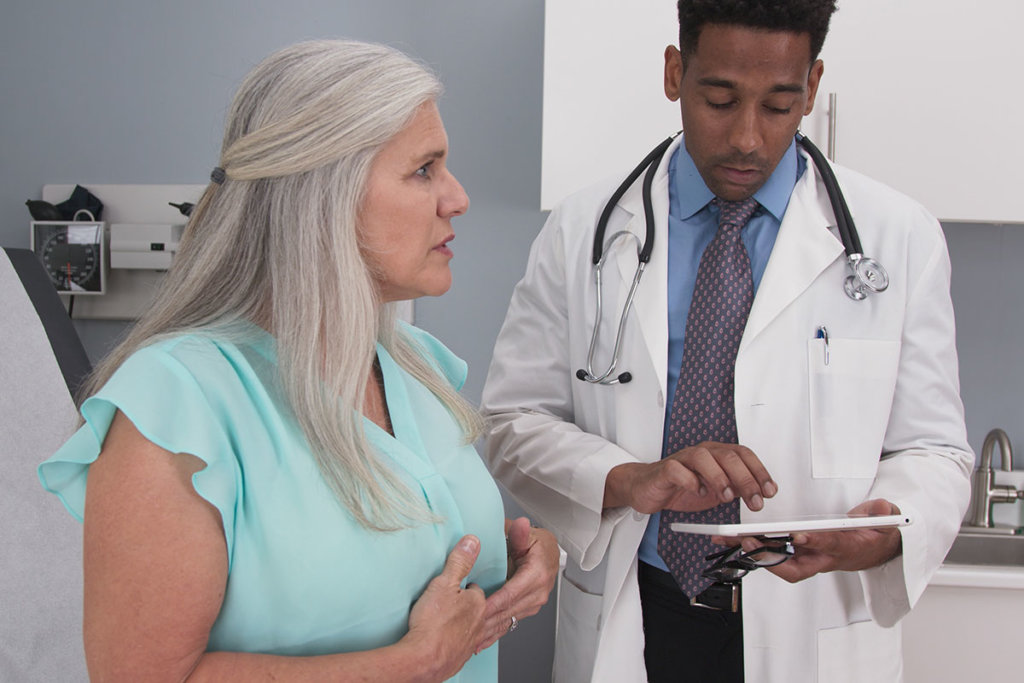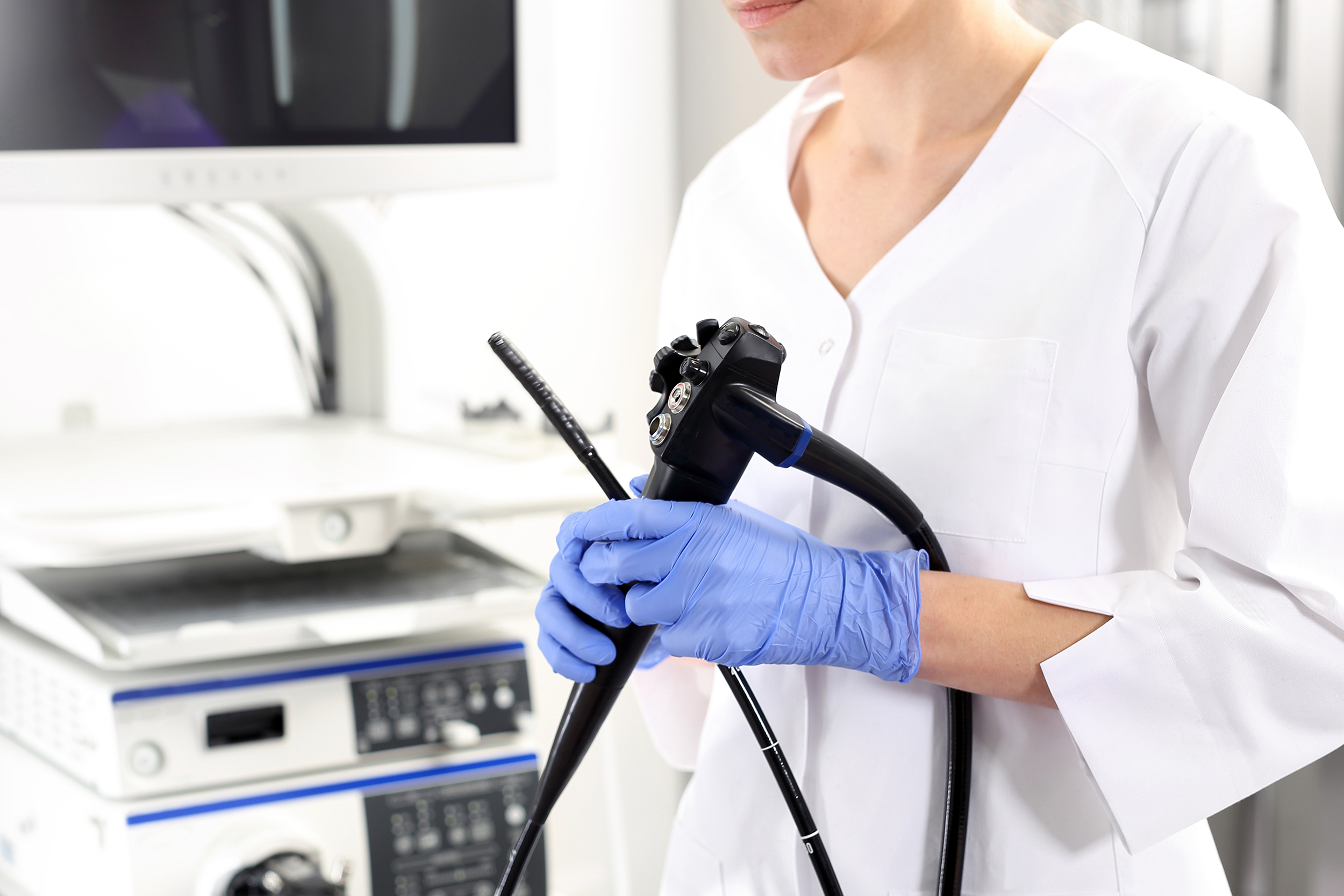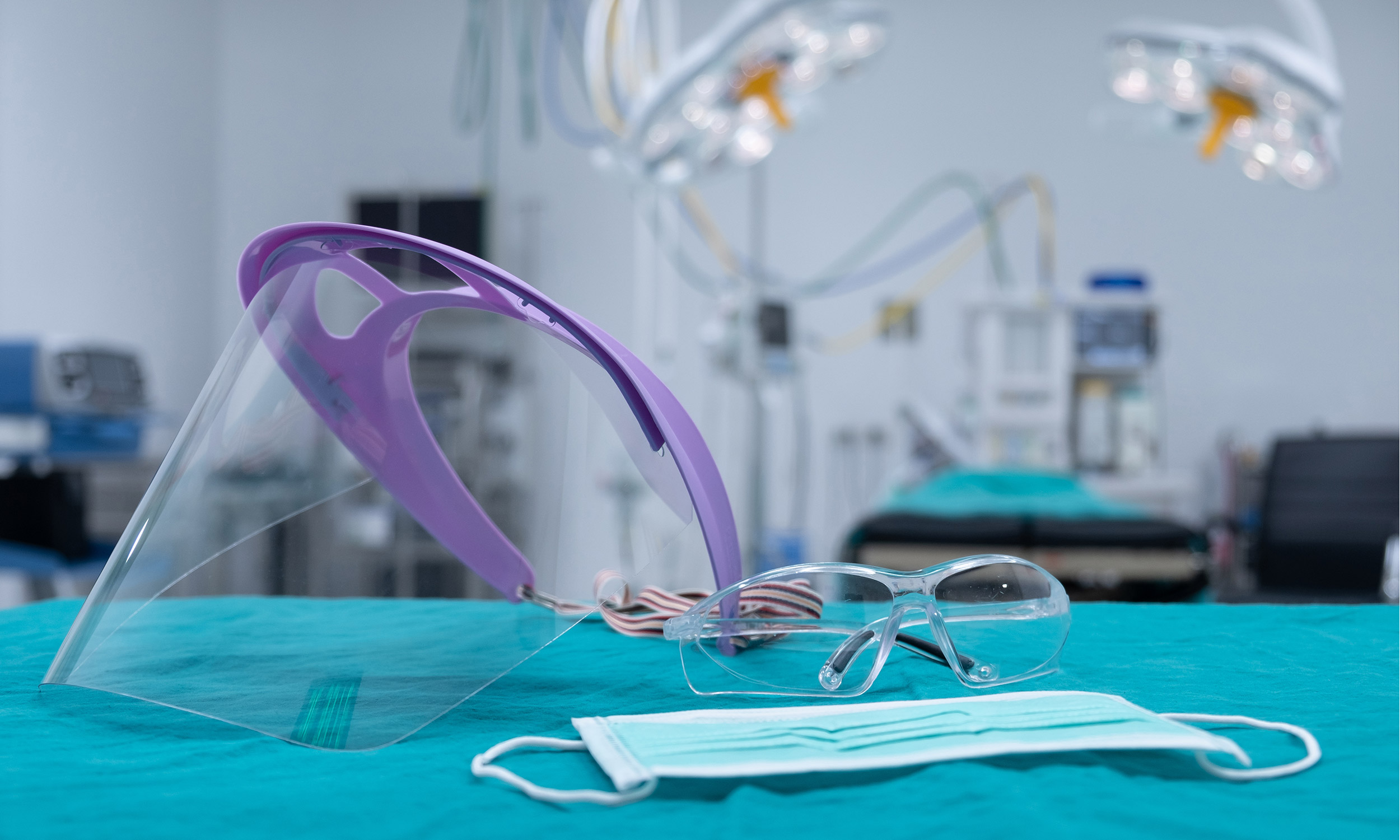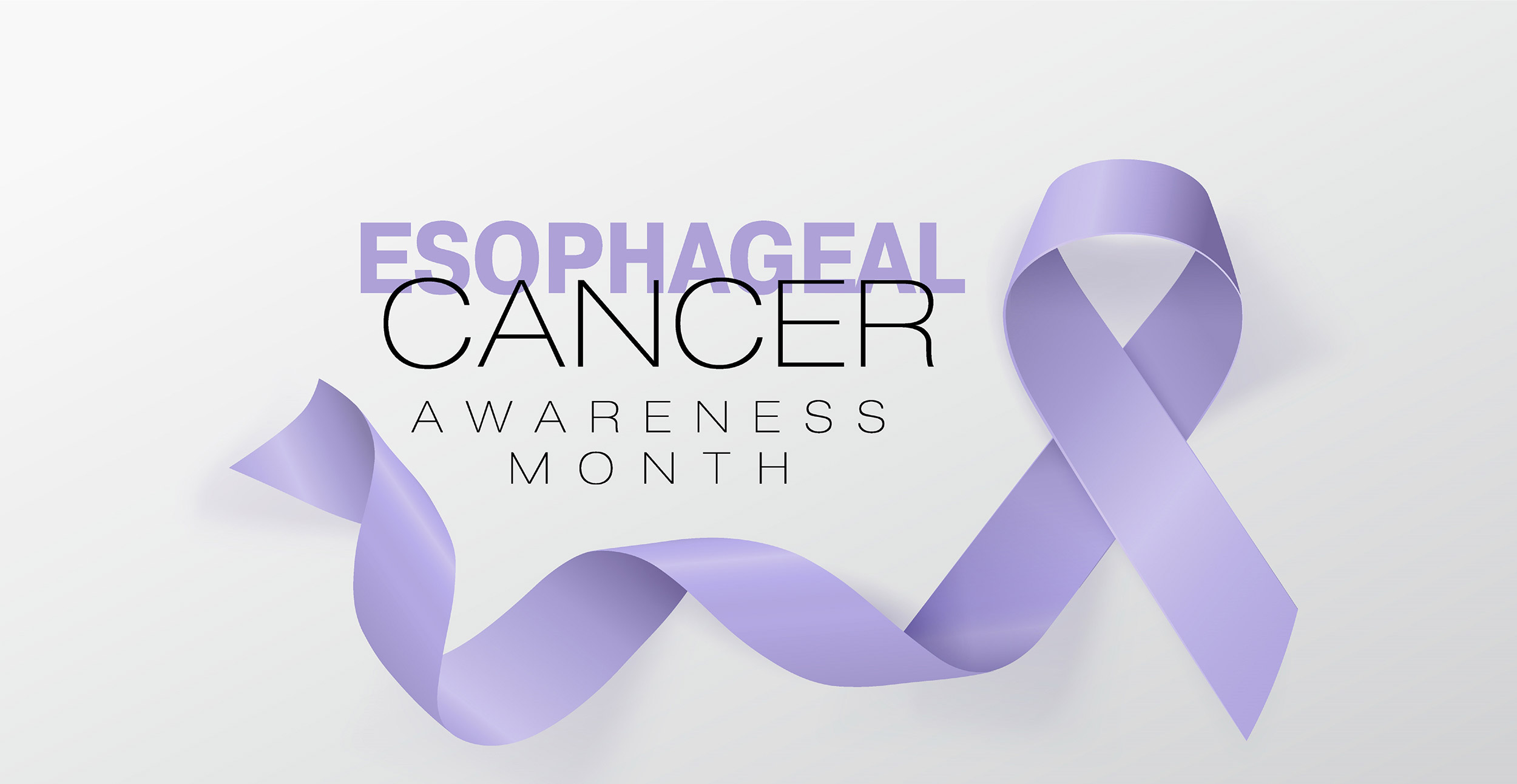
Burnout can have major impacts on patient care and physician health, and the problem is not talked about enough, according to Dr. David Hass, director of endoscopy for the Yale New Haven Hospital Saint Raphael Campus.
“We [physicians] don’t embrace showing vulnerability,” Hass said. “There’s not enough dialogue about it.”
The American Medical Association reported a more than 50 percent burnout rate among physicians from 2012 until 2017, when the rate dropped to 43.9 percent. In a recently-published survey of more than 5,000 physicians, the AMA found physician burnout to be significantly higher than that of other American workers.
In August 2018, the AMA reported that the physicians facing the highest levels of burnout practiced in the areas of critical care, neurology, family medicine, obstetrics and gynecology, internal medicine, and emergency medicine.
In a 2019 survey of more than 15,000 physicians across 29 specialties, conducted by Medscape, only 22 percent of gastroenterologists reported happiness at work and 45 percent of gastroenterologists reported feeling burned out. During the 2019 American College of Gastroenterology Annual Meeting, some speakers discussed the increasing case load for gastroenterologists, particularly as higher percentages of the U.S. population are older than 50, and how that may contribute to burnout.
In one of his presentations at the 2019 ACG meeting, Hass talked about working smarter, not harder, to handle his heavy patient load, manage his staff, and still enjoy the day.
Here are his top tips for improving workplace efficiency, to help maintain focus and prevent burnout:
Getting regular feedback from staff helps inform physicians about how a practice could improve. Empowering staff will improve overall practice productivity. After all, everyone in a practice has something to offer and everyone can learn from one another. Ask for and provide ongoing feedback with staff. It is important, Hass said, that staff feel safe and welcome to provide feedback. In his first attempt at a comment box, for example, he made the mistake of placing it near the security camera. Staff later mentioned they felt like they felt uncomfortable leaving comments with the camera “watching” them.
Patients are the best referral sources, so making patients feel heard and understood only helps the practice. Arriving on time and looking patients in the eye during appointments (rather than focusing on a computer screen) lets patients know that you find their time as valuable as your own. Hass said that he also expects patients to show the same respect, with recommendations for patients to arrive 15 minutes early to appointments. If he is going to make the effort to be on time for them, he lets his patients know, they need to be on time as well.
Medical scribes offer physicians the opportunity to fully focus on their patients during appointments and more quickly move from one appointment to the next. A medical scribe is a non-licensed professional trained to take notes during appointments, retrieve test results, and complete patient documentation. While medical scribes do come at a cost, they can save you a significant amount of time. If hiring a medical scribe is not in the budget, Hass said learning to type notes while also facing your patients, rather than sitting with your back turned, can also be a helpful way to show respect for your patients’ time and needs.
Physicians assistants and nurse practitioners can save physicians time on phone calls and pre-endoscopy visits. PAs and NPs can be a valuable extension of your medical team. Hass said it is important to establish that understanding with patients as well that midlevel providers are an extension of the physician’s team and can adequately provide the right information and consult prior to procedures.
One way to ensure you can be on time is by building in one or two free appointments into your schedule every day to allow for “catch up” time or availability for emergency consults. Hass said having “free” appointments in his schedule has not only allowed him time to catch up on paperwork and documentation when needed, so he can get to appointments on time, having empty slots has also increased referrals as other practices know he has availability for emergencies.
The most important room in the endoscopy unit is the room where the endoscopes are cleaned, Hass said. Understanding the pressures and addressing the needs of those technicians helps reduce turnover and burnout rate for those doing the “most important work.” Reprocessing endoscopes can take up to two hours and can involve more than 100 complicated steps and procedures. This is a very high-stress job, particularly when fast turnaround rates for endoscopes are expected with a high patient load.
Spontaneous lunches and monthly birthday celebrations are both excellent ways to show appreciation for staff. Hass said he has also implemented staff wellness initiatives to encourage bonding and fun in the workplace. Making the workplace fun for staff will help you too. [gie-article-cta]


